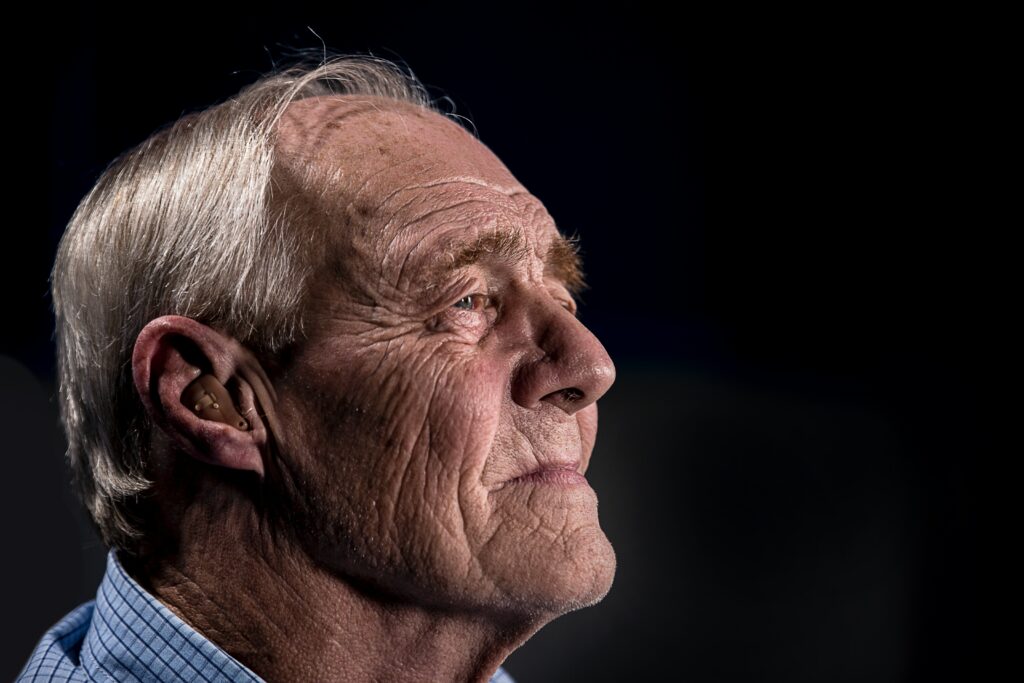Over 25% of adults age 65 or older fall each year, and thousands of older adults break a bone, according to Very Well Health’s recent article, “Managing Pain as You Age.” Falls and fractures are common concerns for older adults, especially women with osteoarthritis. About a third of women over age 50 will break a bone related to osteoarthritis.
In addition to injury, this is a major issue for older adults, as people age 70+ have an increased risk of death after a fall. In one study, 4.5% of people 70 or older died after a ground-level fall compared to 1.5% of a younger population. Falls, if not deadly, also affect long-term mobility, overall health, and independence. In the same study, people 70 and older had longer hospital and intensive care unit (ICU) stays than their younger counterparts. Only 22% could function independently once released vs. 41% of the younger adults who had fallen.
However, there are ways to reduce the risks of serious, long-term effects from a fall. After a fall, staying calm and preventing further injury is essential. These include:
- Relaxing by taking deep, calming breaths;
- Staying still where you land and giving yourself time to recover from any shock the fall may have caused;
- Assessing your condition and checking for possible injuries before moving; and
- Calling 911 or ask someone nearby to help if there are any injuries.
If there are no injuries, you can roll to one side, rest, move to your hands and knees and transition to a chair. Even if you can get up on your own after a fall, seeing a healthcare provider is important. They can identify possible unnoticed injuries and determine health concerns that may have caused the fall.
If you have a fracture from a fall, treating it depends on the location of the break, the severity and other factors related to the individual and their injury. For example, a hip fracture is a common injury in older adults that may or may not require surgery. Traction is sometimes used to pull different parts of the body to help stretch the area around the broken bone for healing. With most fractures, it’s also important to use a splint or cast to keep the area from moving.
Reference: Very Well Health (Oct. 25, 2022) “Managing Pain as You Age”
